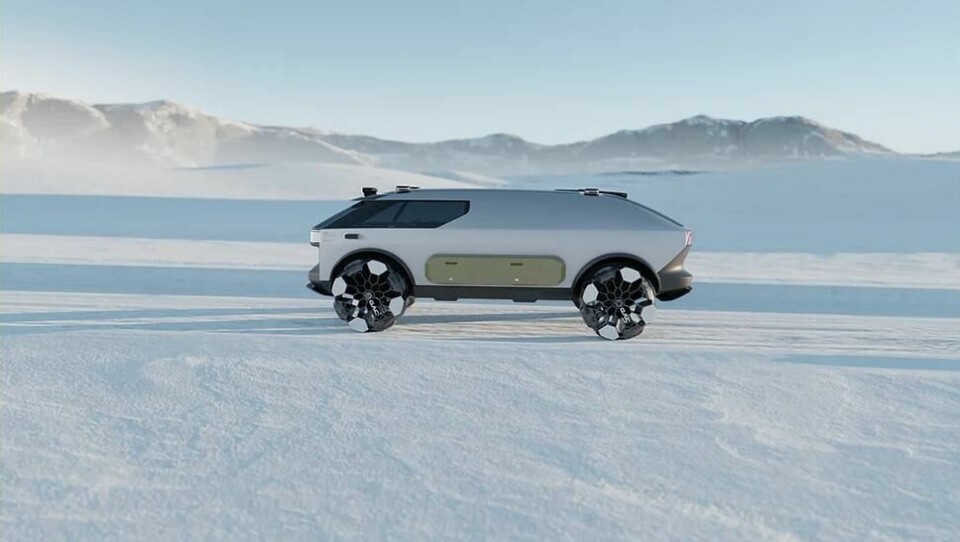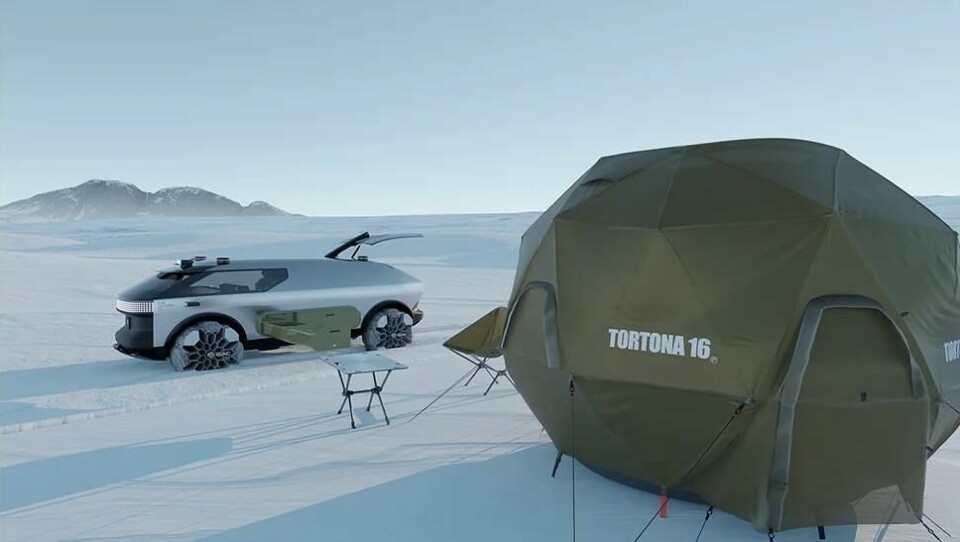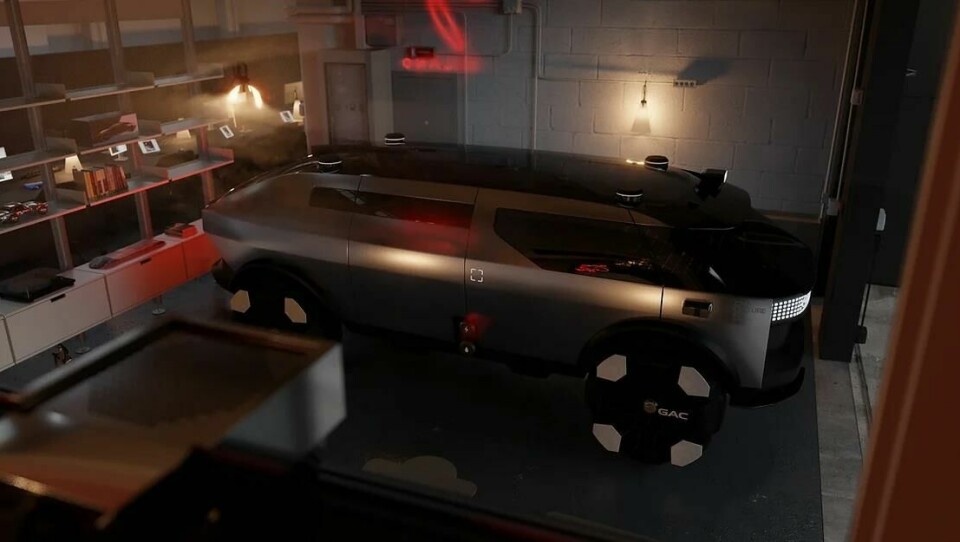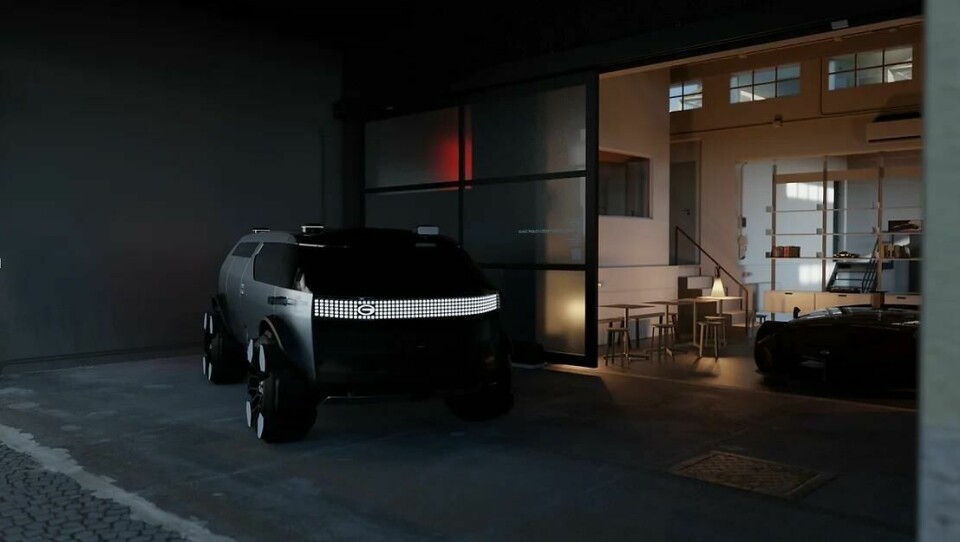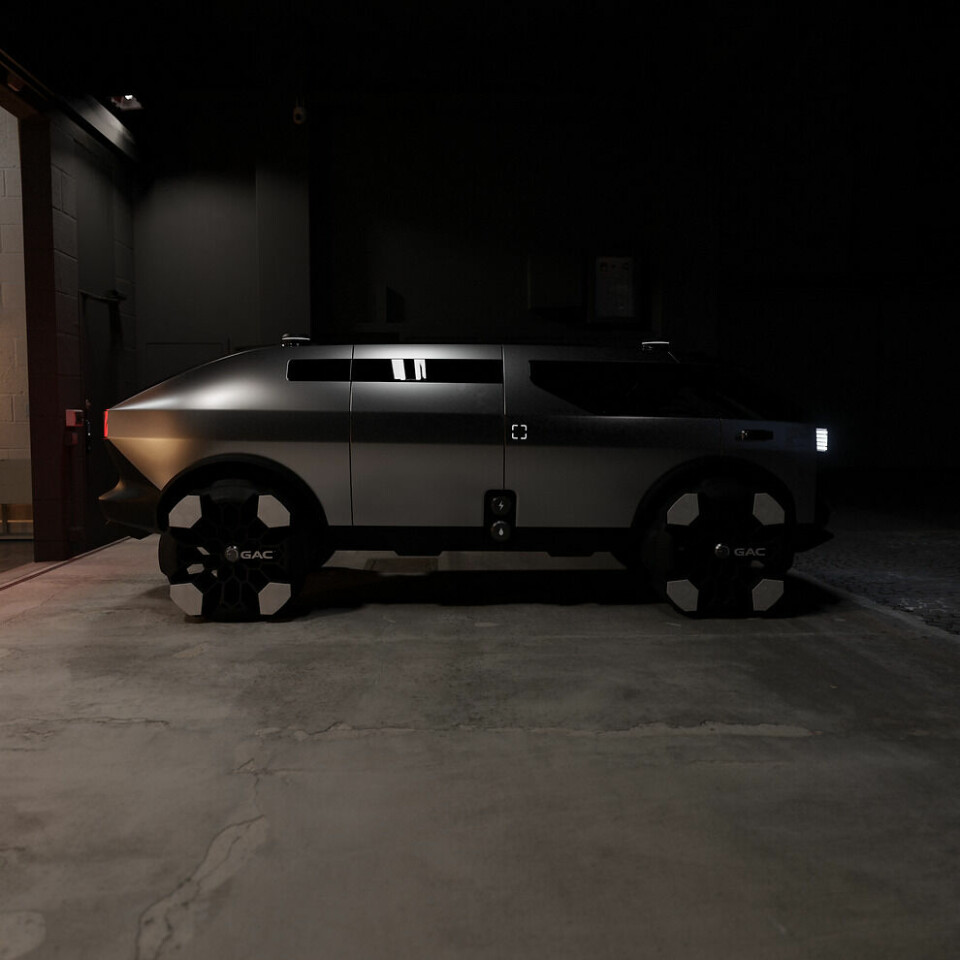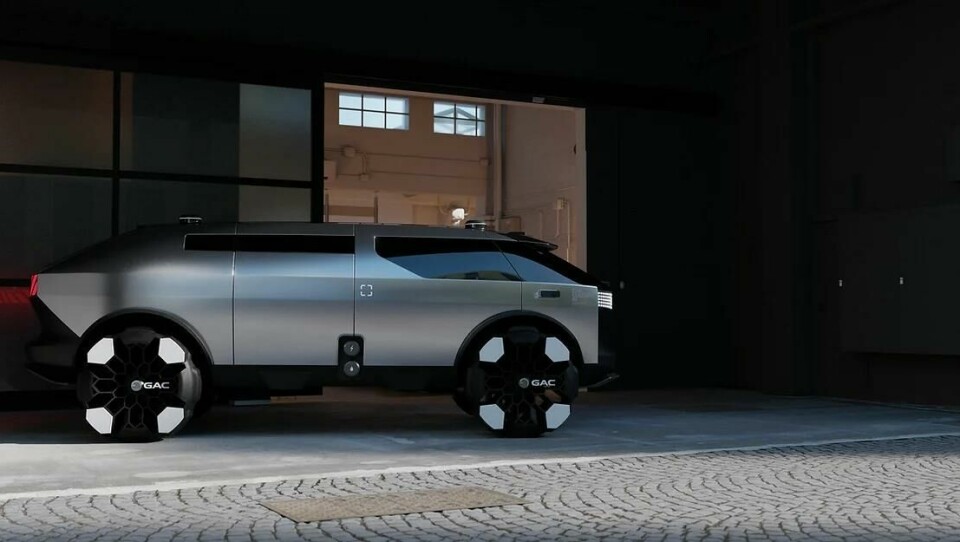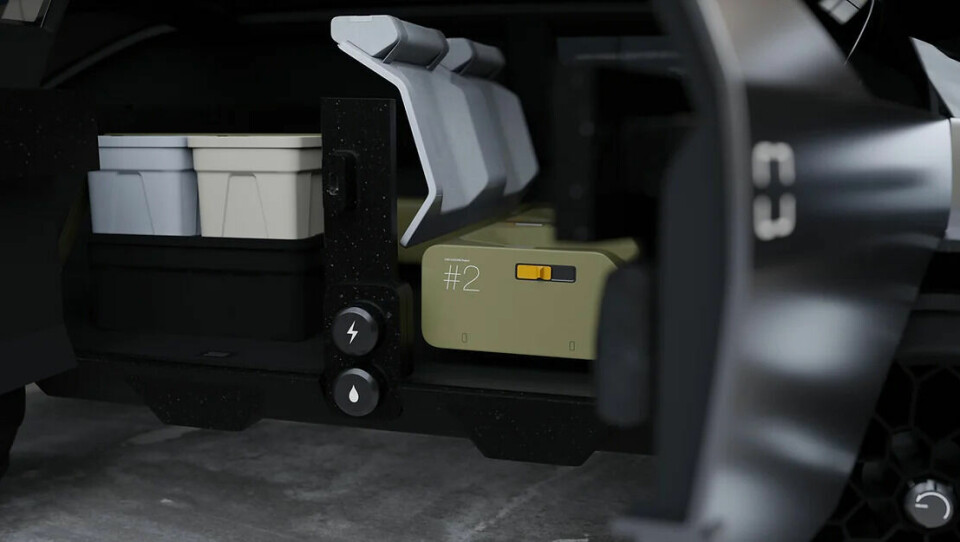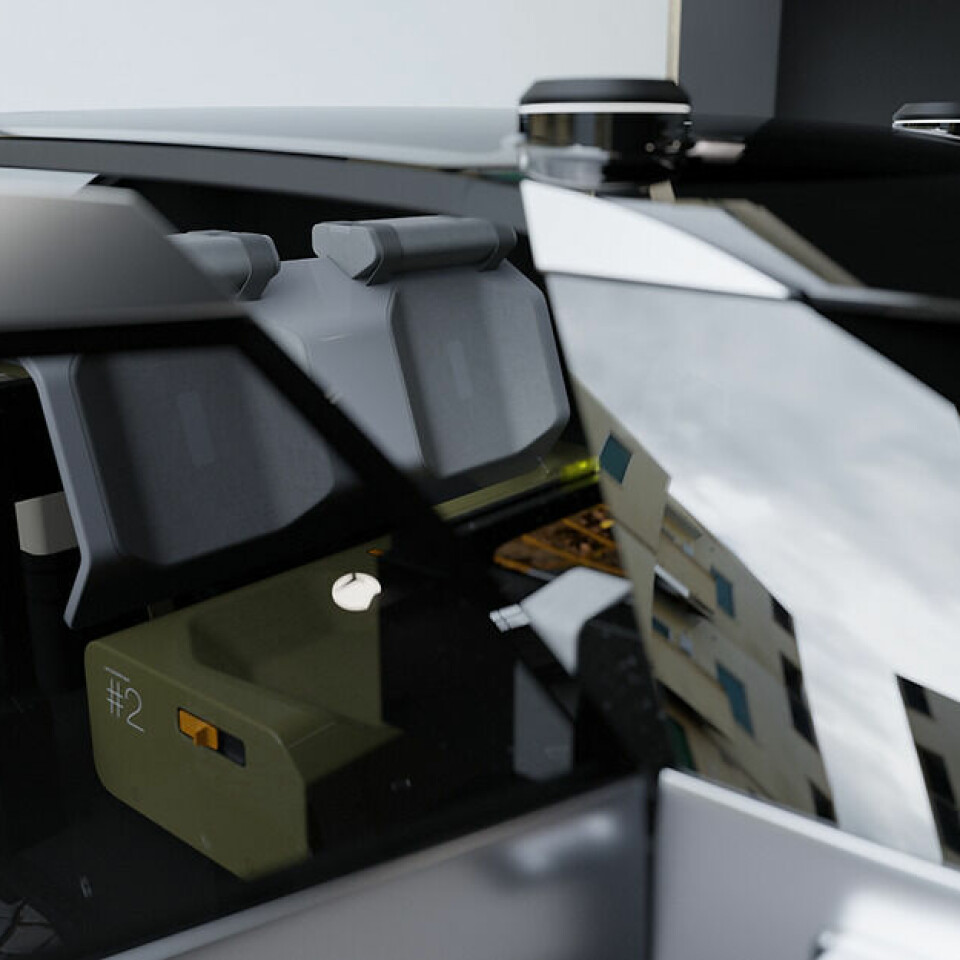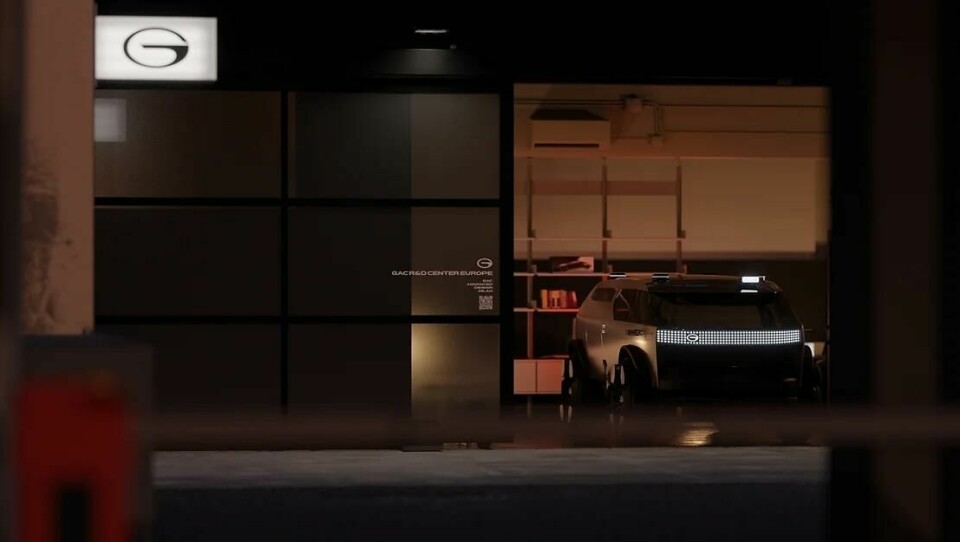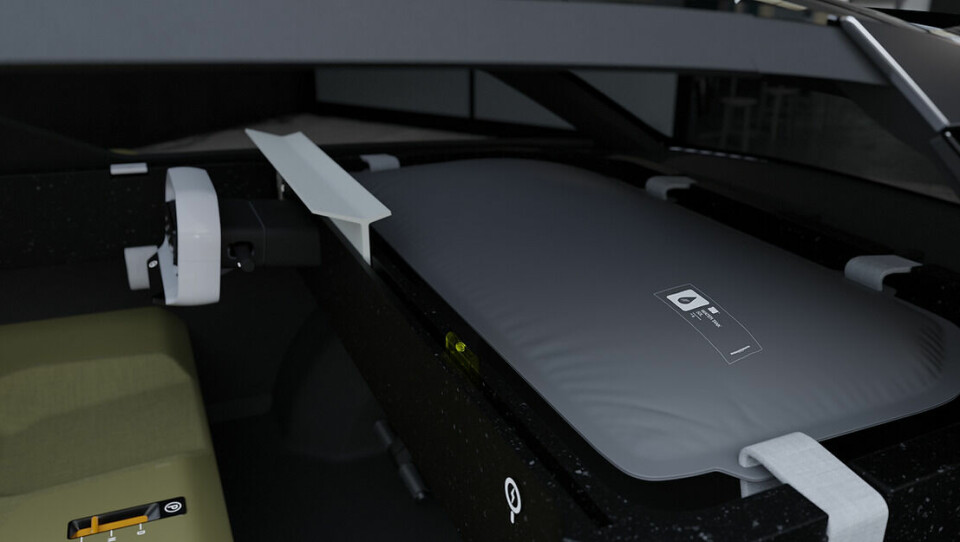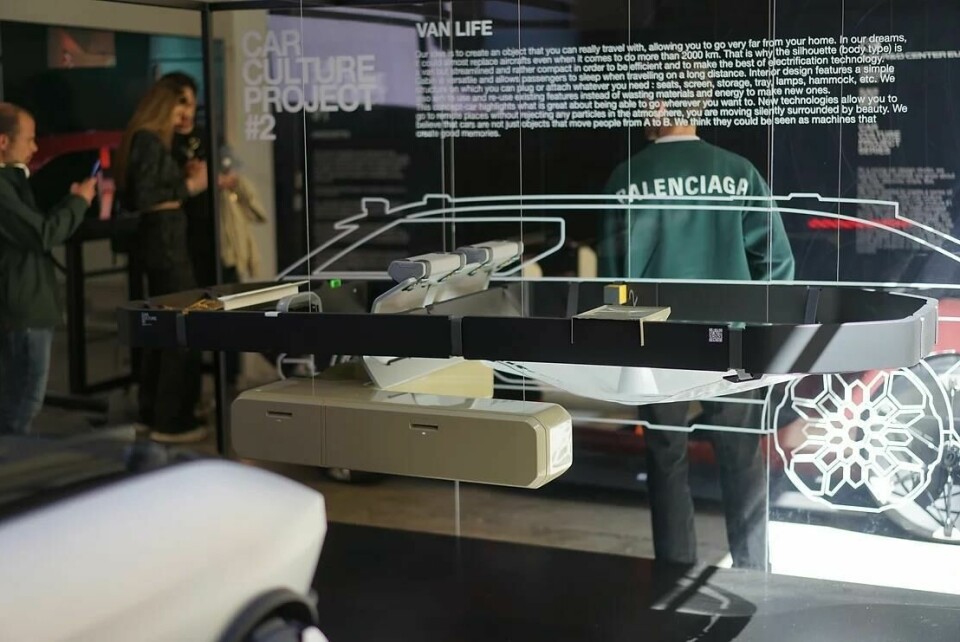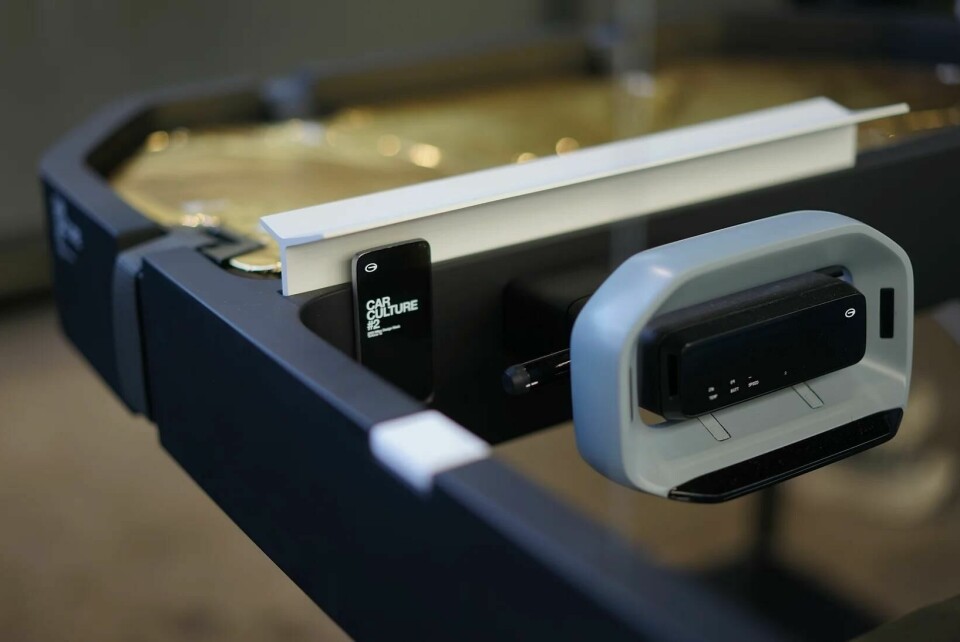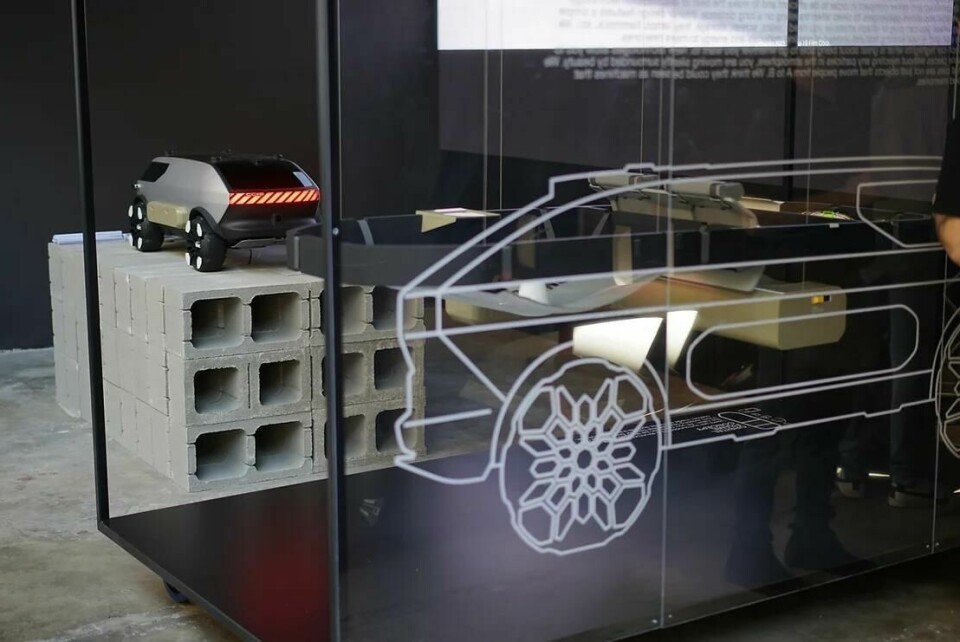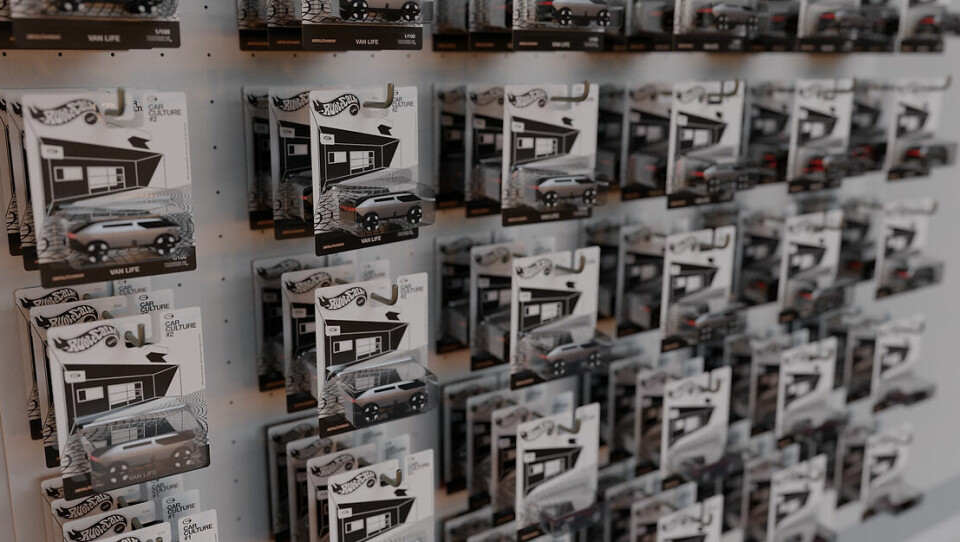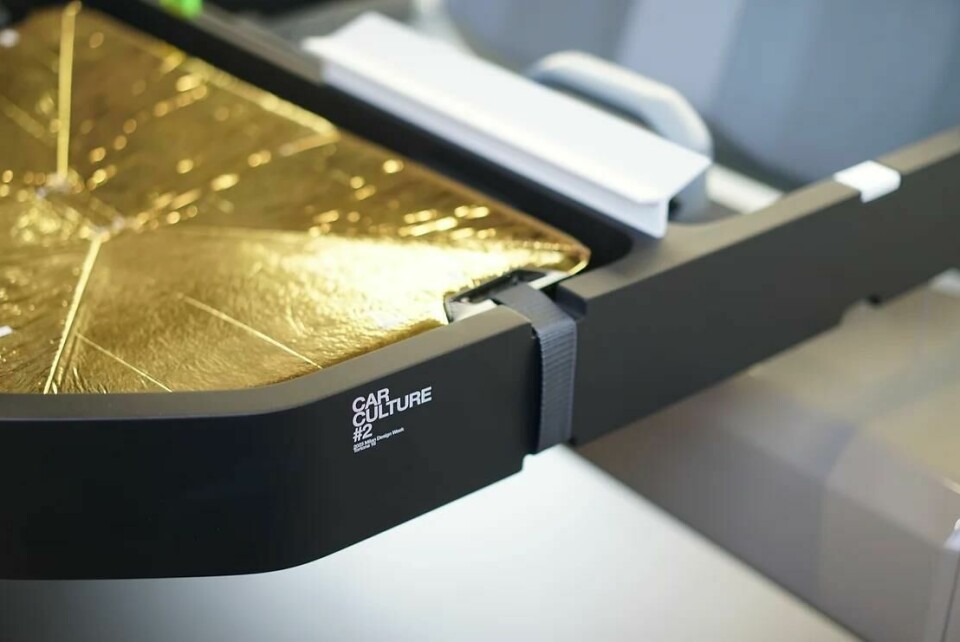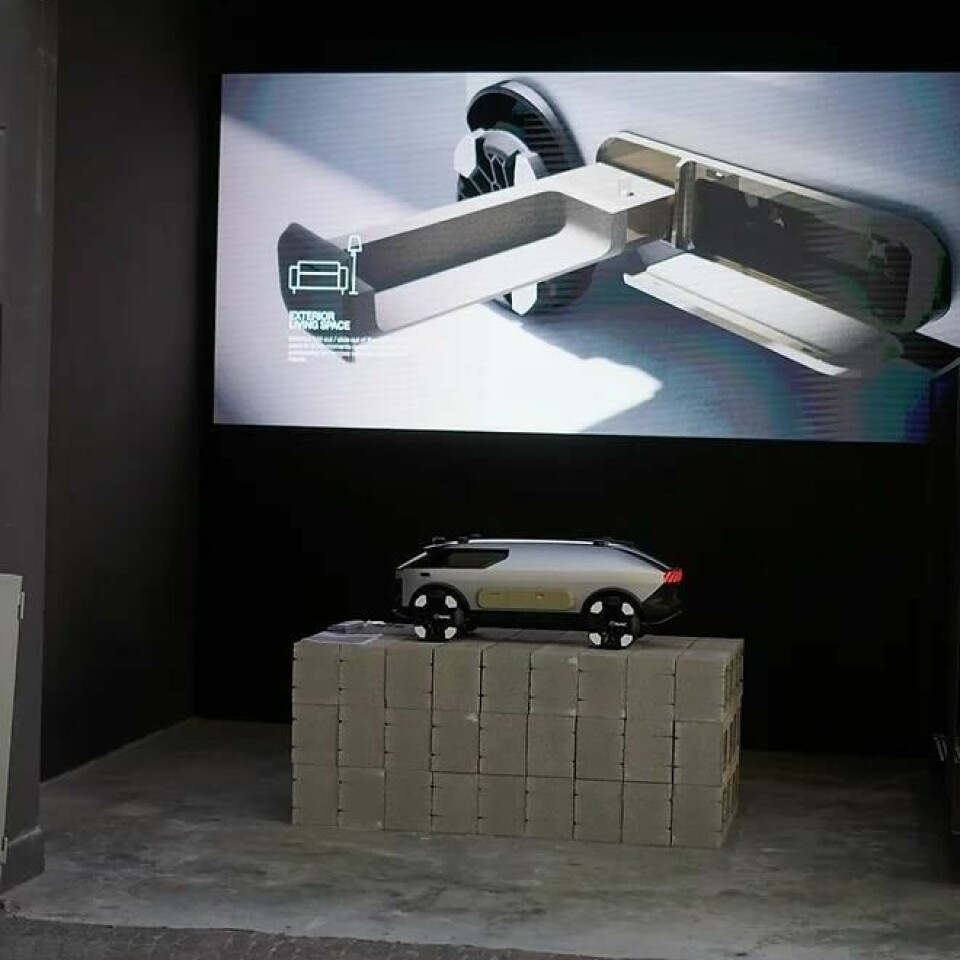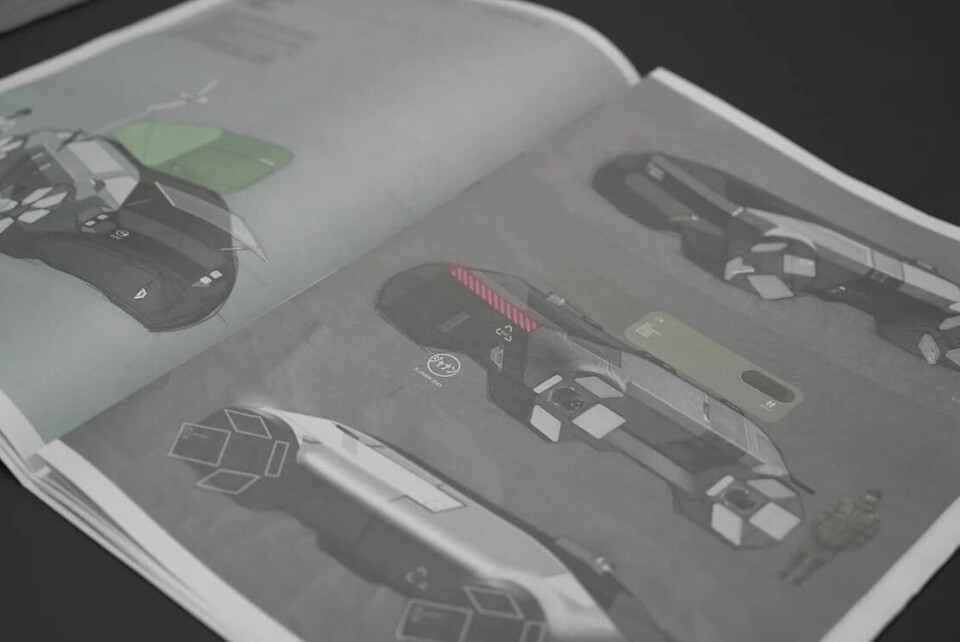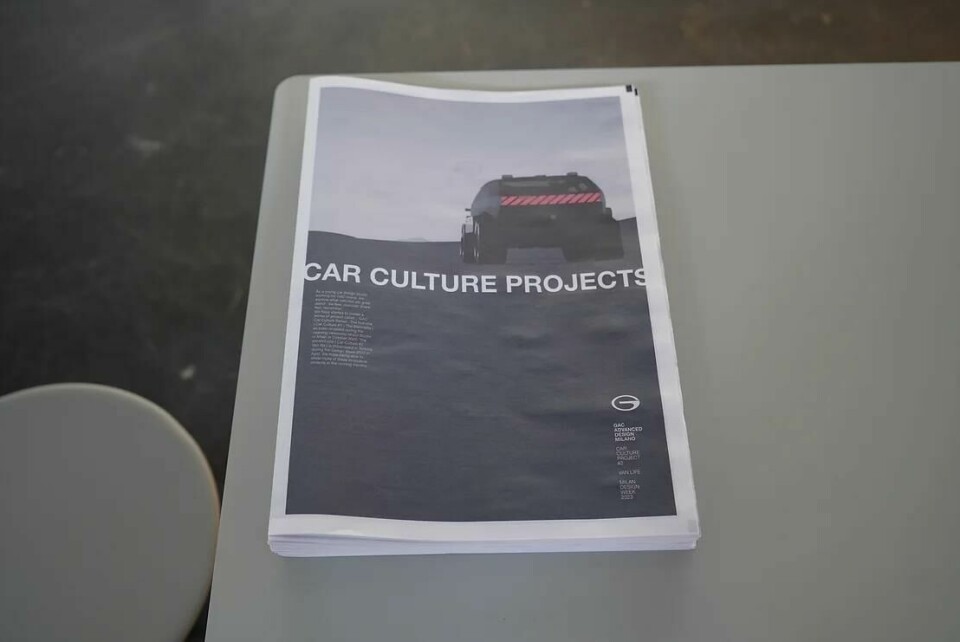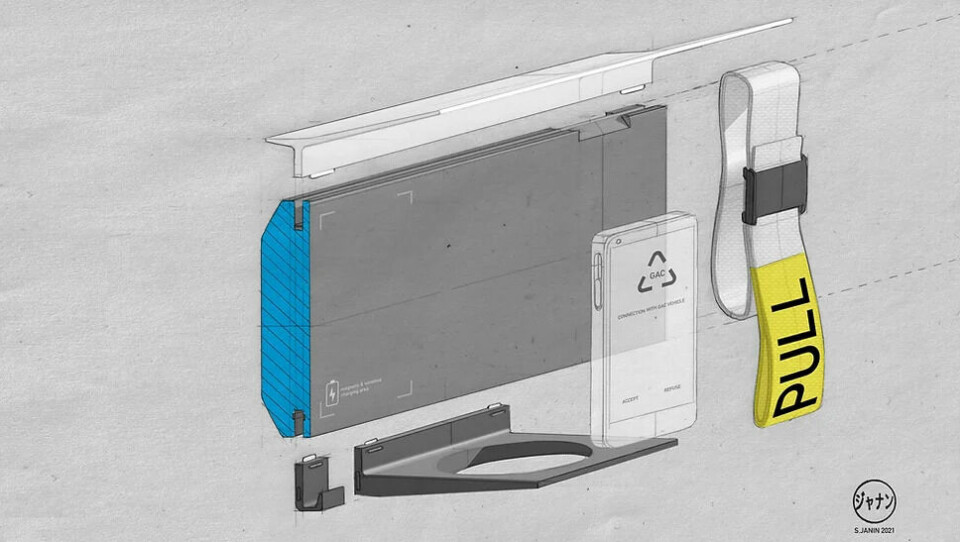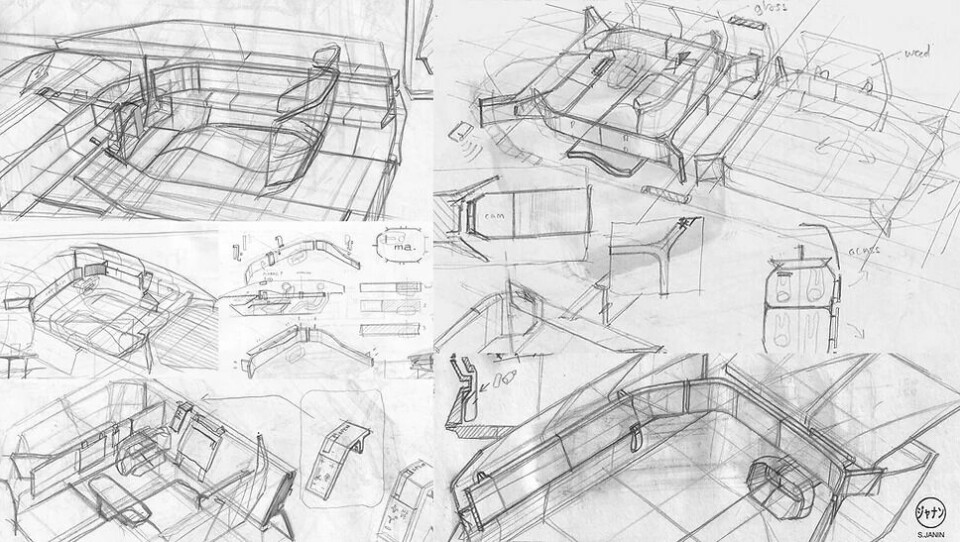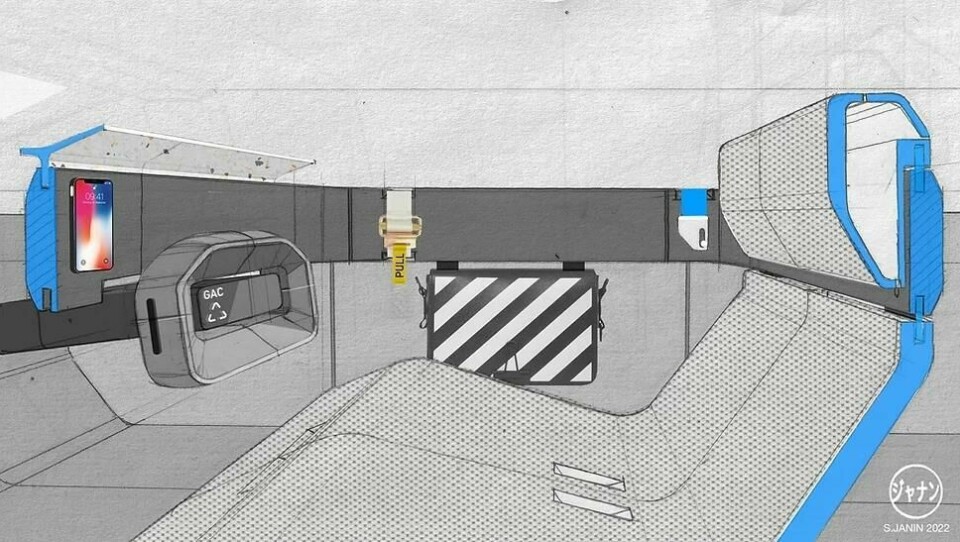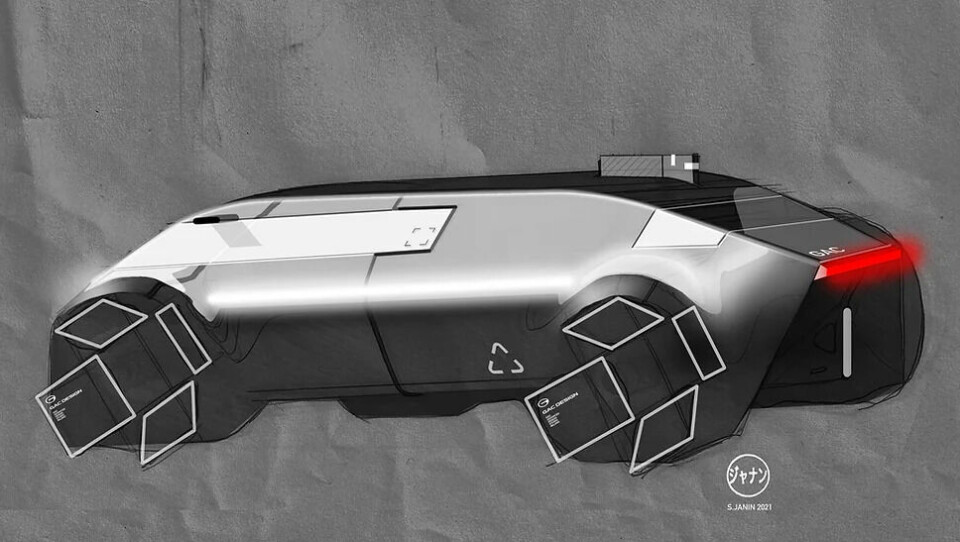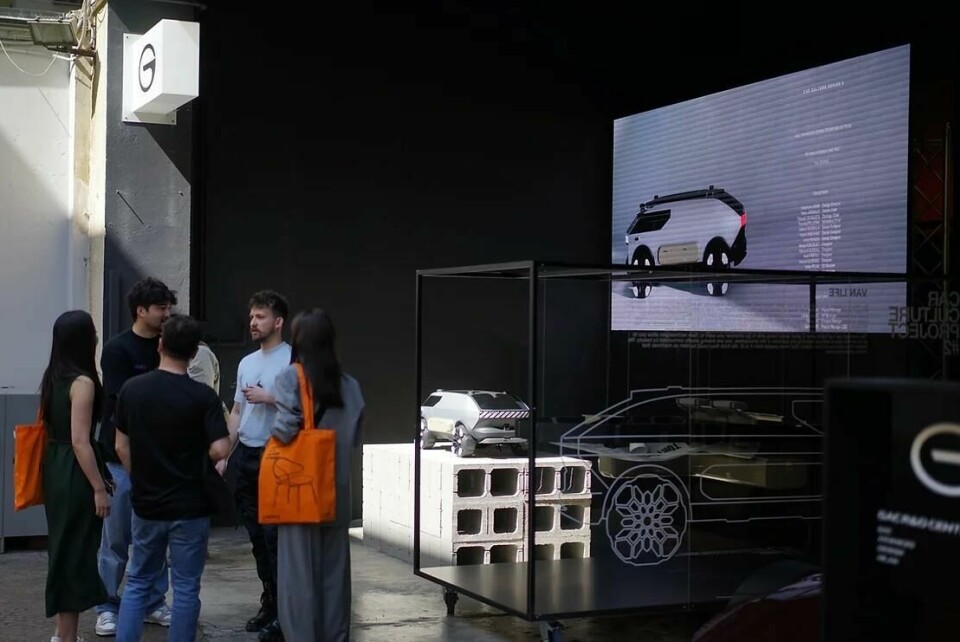
GAC shows second ‘car culture’ concept at new studio
Car Design News returns to GAC’s Milan studio to see its latest work and caught up with design boss Stephane Janin
GAC’s Milan studio hasn’t been open long but it has already pumped out two physical concept cars. We first visited the site back in October 2022 where incoming design director Stephane Janin told us that the aim was to be nimble like a start-up.
That approach certainly seems to be working, and during Milan design week we got a look at the studio’s second Car Culture installation displayed in the sunny courtyard not on a shiny plinth but on rough, concrete breeze blocks.
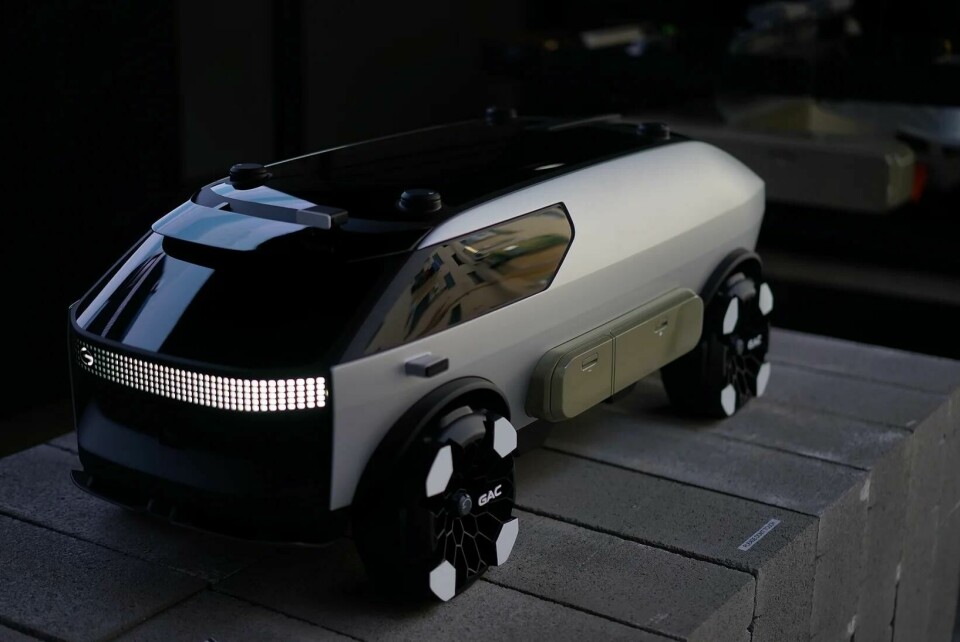
“We do everything ourselves here – it almost feels like I’m back at college,” says Janin. “When we talk about being quick it is not about speed for the sake of it. It is more about being agile, reacting to trends and turning ideas into reality much faster than other studios can.”
The first concept, Car Culture #1, was put together in just a couple of months and it was a similar timescale with this one. There may not be functional powertrains but even so, it is an indication of how things happen at the Via Tortona studio. “We are probably working at the limit already in terms of speed – if we tried to move any quicker it would hamper the quality of our work,” notes Janin.
The second project, #2, is quite different to the sleek, low-slung sportscar shown last year. A quarter-scale model for now, the vehicle is more in the shape of a minivan or shuttle bus and is designed not for Italian backroads but snowy mountain passes or sand dunes. The concept is based on the idea that air travel becomes less common in future and long journeys are carried out by road instead. These would need a comfortable explorer-type vehicle that is capable in all elements and serves as a camper. Its aerodynamic exterior is a nod to those long distances – perhaps exceeding 2,000km door-to-door – and is partly inspired by the original Airstream trailer of the 1930s.
“This is an object that you can really travel with, allowing you to go very far from your home,” says Janin. “The feeling of freedom is very important.” Also important is the sense of longevity – a topic that was raised recently during our design night – with the #2 being kept in the family, handed down and not sold on within a couple of years for the latest thing. Janin points to the success of iconic furniture designs like the Eames lounge chair which although pleasing on the eye does not have an overly complex construction.
“We wanted the concept to be simple in the same way,” notes Janin. ”There is no arrogance about it – and like the Eames chair it is honest and timeless. A vehicle like this is closer to a home, something that could be passed down to your children.” Thibault Devauze, a design manager at the GAC studio, points to the Orbital Frame structure that houses the interior and describes it as “architectural” in the sense that “the structure is the design.” There are some fun elements too, like the door handle strap that can be removed and used as a belt.
A vehicle like this would need to be rugged too, and models like the outlandish Brubaker Box minivan of the 1970s also served as inspiration, as did iconic off-roaders. “It is almost like a reinvention of the original [Land Rover] Defender,” says Devauze. “It is super robust and there is nothing unnecessary.” It seems that even one of the doors was deemed surplus to requirements, with access only possible on one side of the car.
“There is super clean surfacing on one side, while the other has the door. It might not be the most convenient solution, but think about how much complexity and cost it would save by halving the number of doors,” says Janin. And considering how such a vehicle would be used – get in, drive for hundreds of miles and camp somewhere – it could be argued that walking a few extra steps is hardly a punishable design offence.
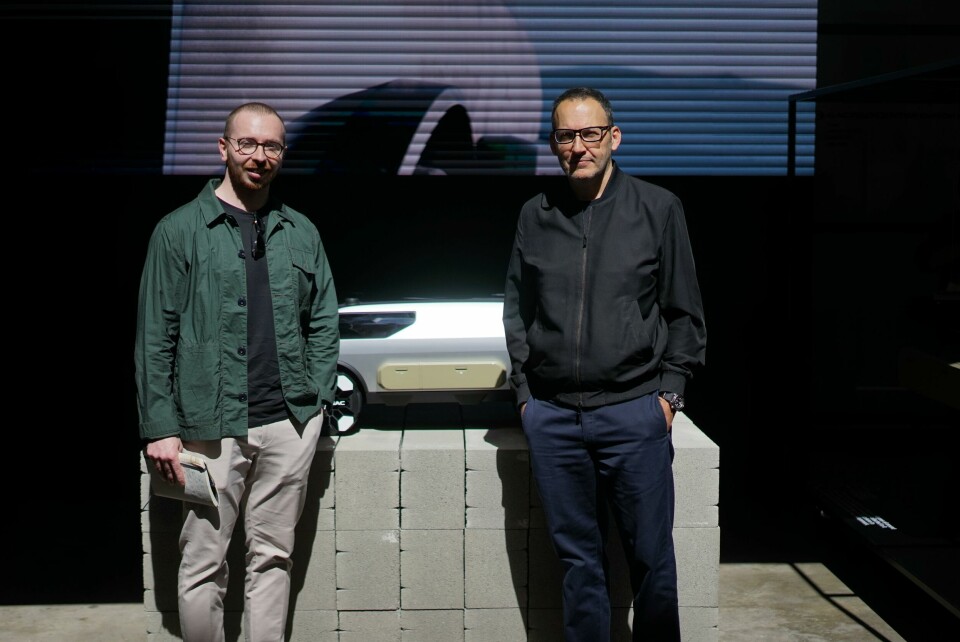
While the first Car Culture project looked backwards for design cues, this concept is very much future-looking and there are more to come. There is only a scale model of the #2 for now (although impressive renders had us fooled). The future of the studio looks bright; it is carefully scouting the final few additions to the team and is in the process of finalising a new CMF room at the front of the studio.
Flooded with natural light and more secluded compared to the rest of the building (which feels more like a café) it should be a nice space from which to work. It could potentially also host exhibitions during festivals like Milan design week, showcasing not only GAC’s work but other artists’ too. Janin is excited by the prospects: “We work differently here – this has to be one of it not the most enjoyable work environments I’ve been in.”
